There can be your advertisement
300x150
How to Choose the Perfect Floor Covering: From Parquet to Tiles
Choosing floor covering
Choosing the right floor covering can transform your interior and add functionality. In this article, we'll review the pros and cons of popular materials, including parquet boards, laminate, tiles, and other options suitable for different rooms and usage conditions.
Main points from the article:
Parquet, solid wood, and engineered boards are natural coverings that add status and style to interiors.
Laminate and linoleum are budget-friendly and practical solutions.
Tiles and vinyl are excellent choices for rooms with high humidity.
Parquet Board: Affordable Luxury
Parquet board is a multi-layer covering made of several layers of wood, usually with a top layer of valuable wood species. It looks like real parquet but costs less and is easier to maintain.
Pros:
More affordable price compared to solid wood.
Resistance to deformation due to multi-layer construction.
Easy installation: laid like a floating floor.
Cons:
Less durable than solid wood.
Cannot be sanded multiple times because the top layer is thin.
Sensitive to moisture, requires care during wet cleaning.
Example: parquet boards are ideal for living rooms or bedrooms, but it's better to avoid them in high-humidity areas (kitchen, bathroom).
Engineered Board: Strength and Stability
Engineered board is a hybrid covering that combines the strength of solid wood with the stability of parquet boards. It consists of several layers: the top layer is natural wood, and the base is plywood or MDF, making it more stable.
Pros:
Resistant to temperature and humidity fluctuations.
Durable and suitable for installation on a "warm floor".
Easy to install thanks to tongue-and-groove joints.
Cons:
Higher cost than laminate and parquet boards.
Restoration is possible but limited by the thickness of the top layer.
Example: engineered boards are suitable for high-load zones such as living rooms or halls.
Solid Wood Board: Durability and Prestige
Solid wood is a whole wooden material known for its strength and longevity. It's a traditional choice for those who value natural materials.
Pros:
Durability: with proper care, solid wood lasts decades.
Can be sanded and restored multiple times.
Eco-friendly and aesthetically pleasing natural wood.
Cons:
High cost.
Sensitive to temperature and humidity changes.
Installation and maintenance are more complex.
Example: solid wood is ideal for those seeking premium and eco-friendly options for living rooms or bedrooms.
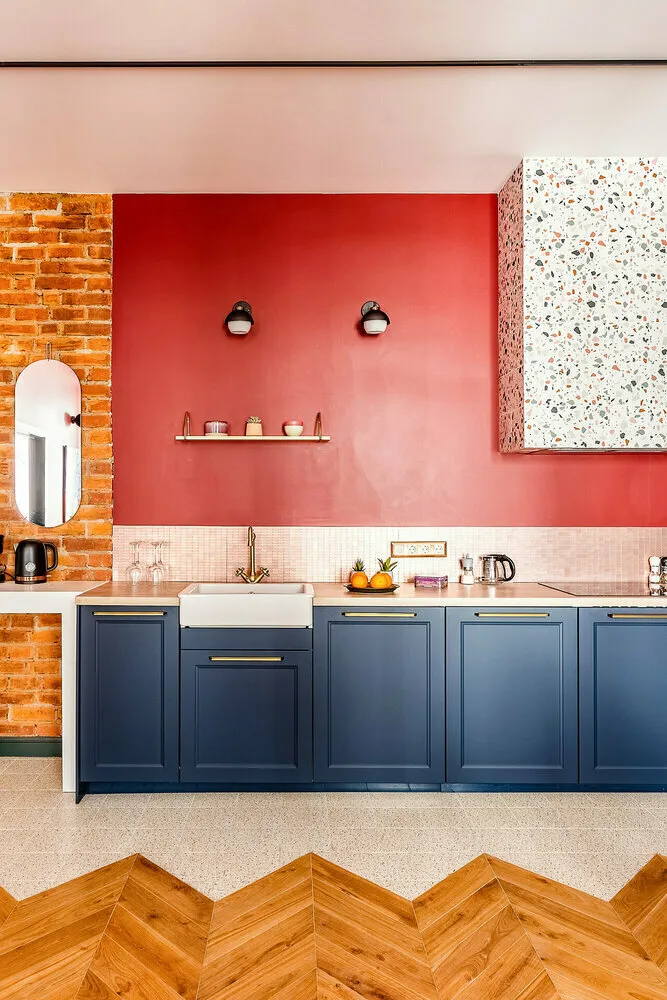
Design: Natalia Turchenko
Linoleum: Time-Tested Solution
Linoleum is a budget-friendly and durable floor covering option commonly used in offices, schools, and apartments. It comes both natural and synthetic, with the latter being more common and affordable.
Pros:
Affordable and durable material.
Easy maintenance: resistant to moisture and dirt.
Wide range of designs and colors.
Cons:
Less aesthetic than natural materials.
May fade in sunlight.
Prone to mechanical damage (scratches, cuts).
Example: linoleum is perfect for entryways, kitchens, and hallways where durability and easy maintenance are important.

Design: Anna and Dmitry Ulich
vinyl Coverings: Strength and Water Resistance
vinyl covering, especially in tile or sheet form, is becoming increasingly popular. It's one of the most moisture-resistant options, making it an excellent choice for bathrooms and kitchens.
Pros:
High resistance to moisture and damage.
Wide range of textures and imitations (wood, stone).
Easily cleaned and doesn't require special care.
Cons:
Not eco-friendly (synthetic materials).
Less durable than natural coverings.
May emit harmful substances when heated.
Example: vinyl is suitable for kitchens or bathrooms where moisture and mechanical damage resistance are important.
Tiles: The Ideal Covering for Humid Spaces
Ceramic and ceramic granite tiles are coverings that perfectly suit zones with high humidity and mechanical stress. Thanks to a wide variety of textures and designs, tiles are becoming more versatile.
Pros:
Moisture resistance and durability.
Easy to maintain.
Can be installed on a "warm floor".
Cons:
Cold surface; tiles without underfloor heating can be uncomfortable.
Can become slippery when wet.
Example: tiles are ideal for bathrooms, kitchens, and hallways where hygiene and easy maintenance are important.
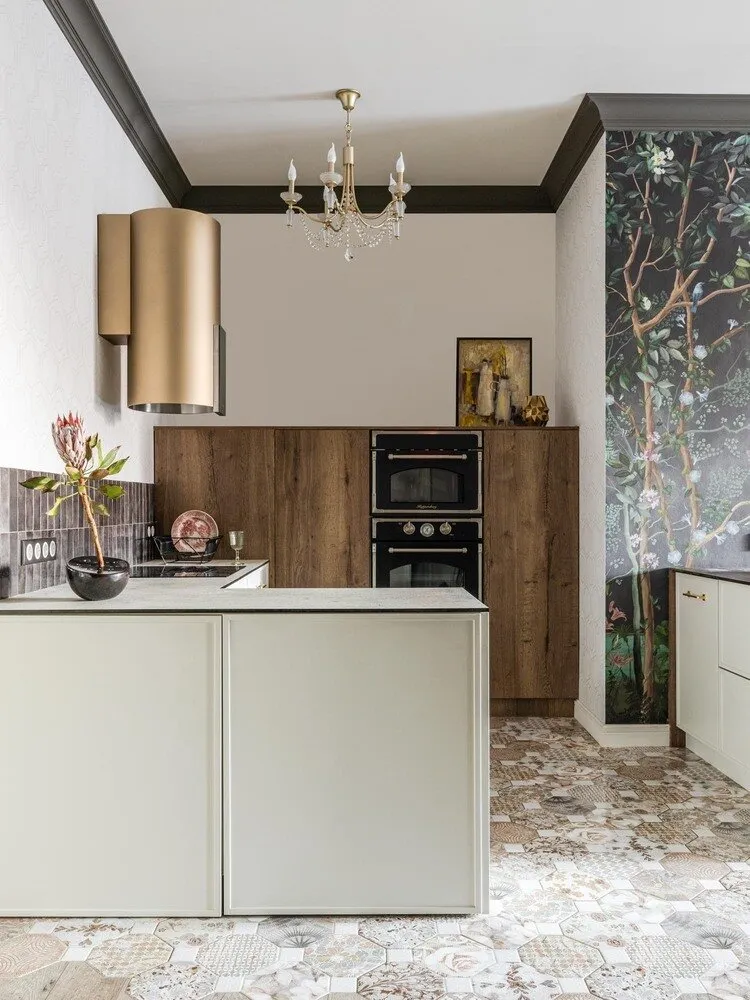
Design: Anastasia Strizhova
Laminate: Budget-Friendly and Practical Choice
Laminate remains one of the most popular floor covering options due to its availability and ease of installation. It can imitate natural materials and is suitable for various rooms.
Pros:
Affordable and wide range of design options.
Easy to install and requires no special maintenance.
Resistant to wear.
Cons:
Sensitive to moisture.
Can deform under temperature and humidity fluctuations.
Example: laminate is an excellent choice for living rooms or bedrooms where high humidity is not required.
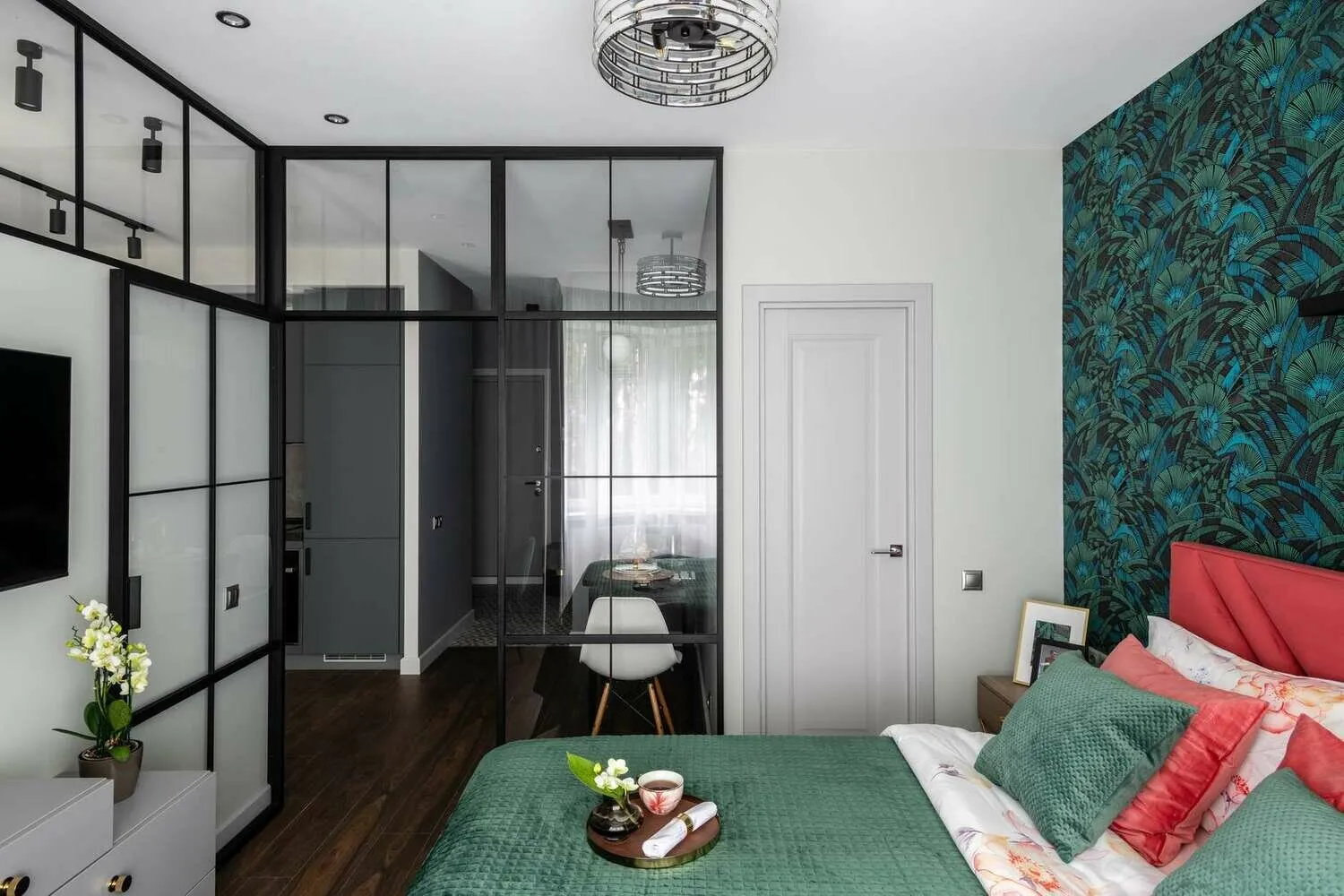
Design: Oxana Savchuk, Irina Baklanova
How to Choose the Right Covering
The choice of floor covering depends on several factors: type of room, humidity level, budget, and personal preferences. In bedrooms and living rooms, you can use warmer and more aesthetic materials like parquet or laminate, while tiles or vinyl are suitable for kitchens and bathrooms.
Proper floor covering is a blend of functionality and style.
Cover: Design project by Oxana Savchuk and Irina Baklanova
More articles:
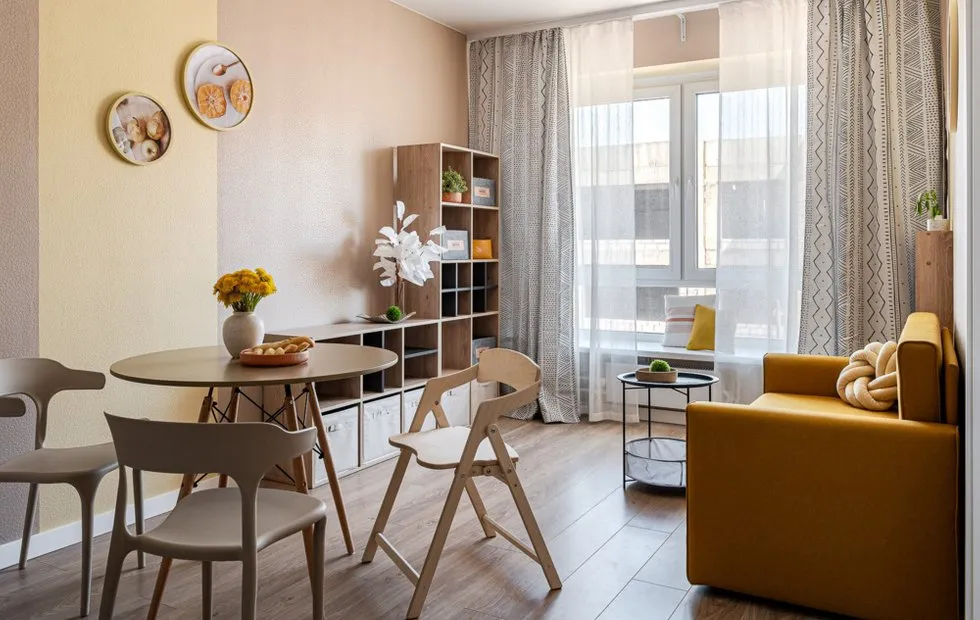 Home Mini-Project: Rearranging Furniture to Refresh Interior
Home Mini-Project: Rearranging Furniture to Refresh Interior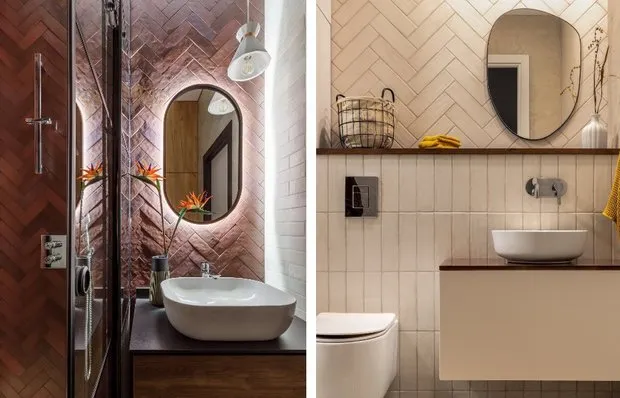 Fit Everything! How to Arrange a Small Bathroom: 6 Pro Tips
Fit Everything! How to Arrange a Small Bathroom: 6 Pro Tips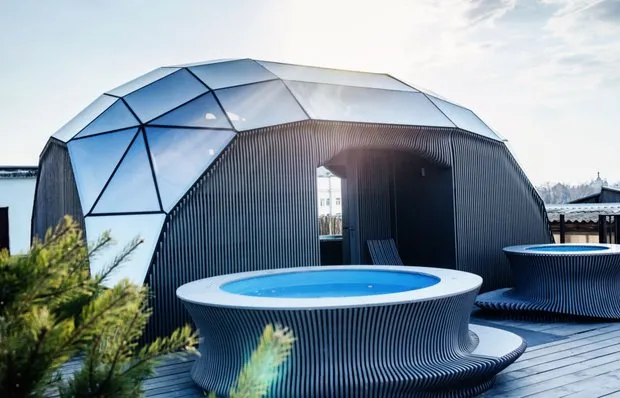 6 Genial Ideas for a Sauna That We Spotted in an Amazing Project
6 Genial Ideas for a Sauna That We Spotted in an Amazing Project Buying an Apartment Without Fear: Debunking 6 Myths That Prevent You from Becoming a Homeowner
Buying an Apartment Without Fear: Debunking 6 Myths That Prevent You from Becoming a Homeowner Skyscraper with History: Why the House on Kotel'nicheskaya is More Than Just a Building
Skyscraper with History: Why the House on Kotel'nicheskaya is More Than Just a Building Family Apartment: How to Organize Space Convenient for Everyone
Family Apartment: How to Organize Space Convenient for Everyone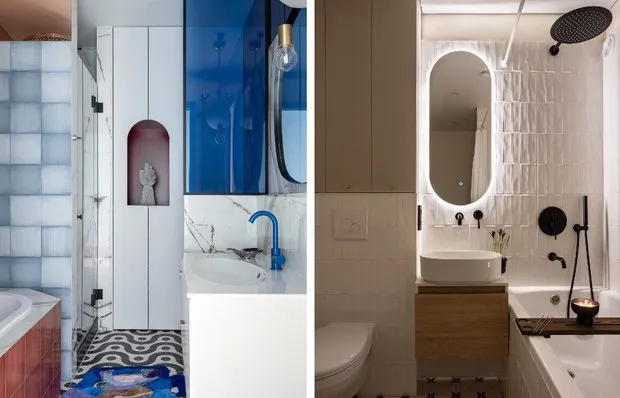 Top-5 Stylish Bathrooms Designed by Interior Designers
Top-5 Stylish Bathrooms Designed by Interior Designers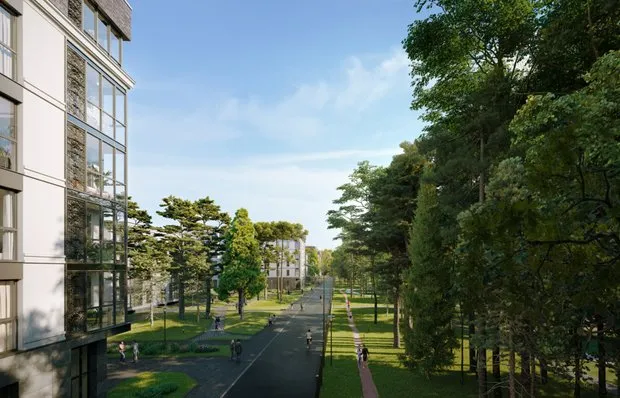 New Housing Format: What Are Mini-Cities and Who Are They Perfect For
New Housing Format: What Are Mini-Cities and Who Are They Perfect For